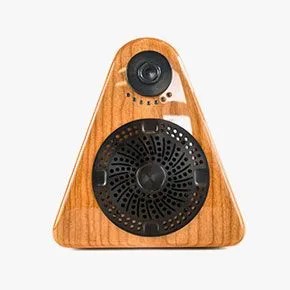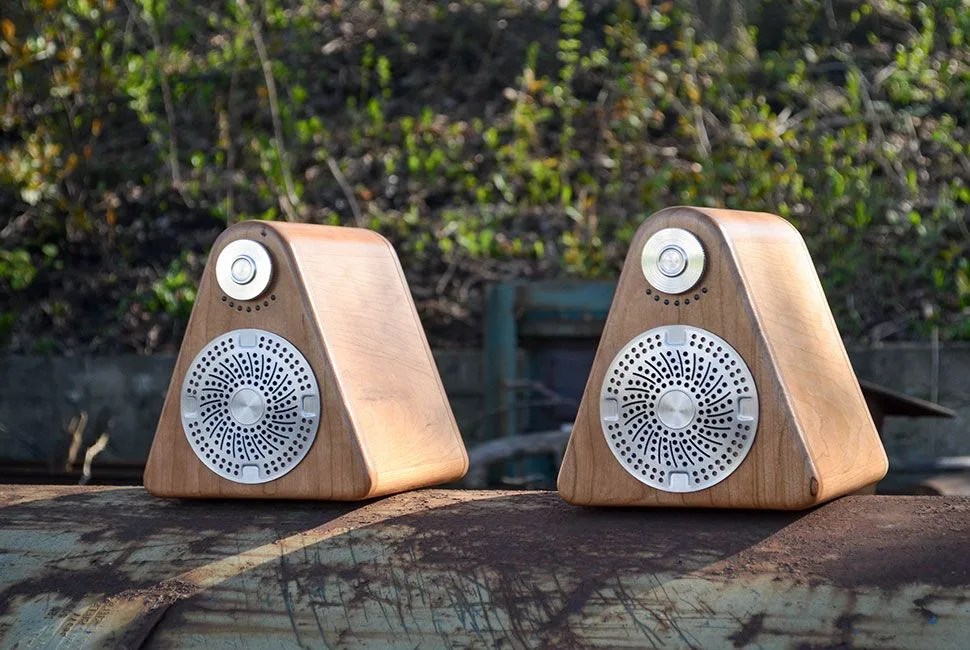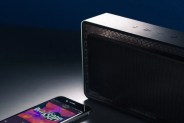The Site:1 wasn’t designed like other portable Bluetooth speakers. “If someone invents a new high-end audio distribution function, we literally just build another interface, you plug it into the back and the consumer has upgraded the product,” said Mike Pelland, Princeton Audio’s founder and chief engineer. “No one else does that. That’s our thing. This is literally changing the way you communicate wirelessly between the speakers.” In other words, Princeton Audio, the Wisconsin-based audio company, built an ingenious new speaker than can be upgraded, externally, on a hardware level.
Bluetooth 4.1 is de facto now, but may not be in a year. As wireless distribution technology changes, the Site:1 speaker can be upgraded to accommodate it — and that means more than just a software update. The speaker is meant, according to Pelland, to last 10, 15, even 25 years — as opposed to being dated whenever a new version of Bluetooth or wi-fi comes out. The Site:1 supports Bluetooth 4.1, but Bluetooth 5.0 will come out eventually, and Pelland believes that wi-fi will eventually take over as the wireless distribution technology of choice. If a portable speaker doesn’t have the compatible hardware, it will become technologically obsolete.
“This is literally changing the way you communicate wirelessly between the speakers.”
Princeton Audio’s “infinitely upgradeable” external interface system is patented. Their design placed third at the 2014 International Design Awards, a competition with over 1,000 entries from all over the world. However, the Site:1 speaker’s design is more than just its hardware upgrades. It is a speaker after all, and the triangular shape was built to optimize sound. A rectangular box, like most Bluetooth speakers, has parallel walls, and the frequencies can bounce off and hit each other squarely, which produces standing waves, which consequently cancel out sound frequencies. (If you hear an odd hum from a rectangular speaker, there’s a good chance it’s caused by standing waves.) With a triangle, the walls aren’t parallel, so the frequencies don’t bounce directly into each other, and therefore they don’t create standing waves (or the accompanying buzzing and humming).
Unlike most other portable speakers, the Site:1 also doesn’t use a passive radiator to generate bass. Instead it utilizes a small transducer, along with its wooden body. “We get a real full sound from the speaker because the wood acts as a natural resonator across that three-inch full-range transducer,” said Pelland. “And then we’re driving that transducer with a 20-watt class-D amp, so a significant amount of power.” The speaker also has a digital-to-analog converter and a high-end digital signal processor that, according to Pelland, allows them “to sweeten that natural resonation that exists.”
Site:1 Speaker


